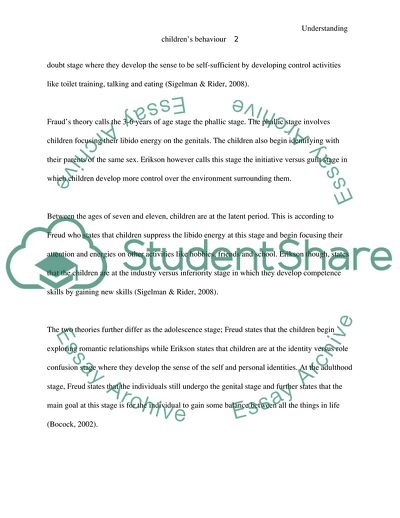Cite this document
(Understanding children's behaviour Literature review, n.d.)
Understanding children's behaviour Literature review. Retrieved from https://studentshare.org/psychology/1738301-understanding-childrens-behaviour
Understanding children's behaviour Literature review. Retrieved from https://studentshare.org/psychology/1738301-understanding-childrens-behaviour
(Understanding children'S Behaviour Literature Review)
Understanding children'S Behaviour Literature Review. https://studentshare.org/psychology/1738301-understanding-childrens-behaviour.
Understanding children'S Behaviour Literature Review. https://studentshare.org/psychology/1738301-understanding-childrens-behaviour.
“Understanding children'S Behaviour Literature Review”, n.d. https://studentshare.org/psychology/1738301-understanding-childrens-behaviour.


